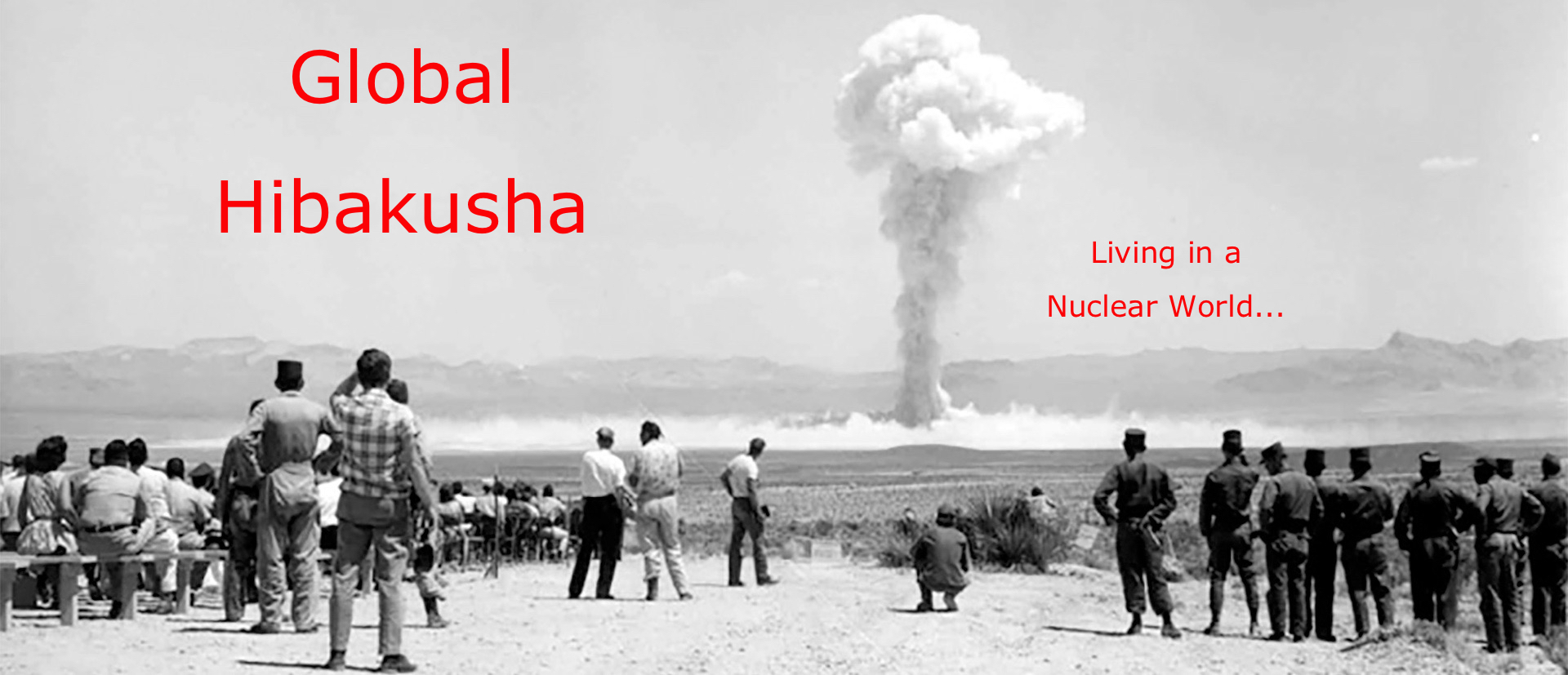I've just published a short article at Arcadia, an online journal at the Environment and Society Portal of the Rachel Carson Center for Environment and Society, a joint initiative of LMU Munich and the Deutsches Museum.The article examines the discourse around large mammals being seen in the Chernobyl Exclusion Zone (CEZ), especially in the heavily contaminated Red Forest area. When the mammals are wolves, foxes, or other non-human animals, invariably the discourse is foregrounding the

